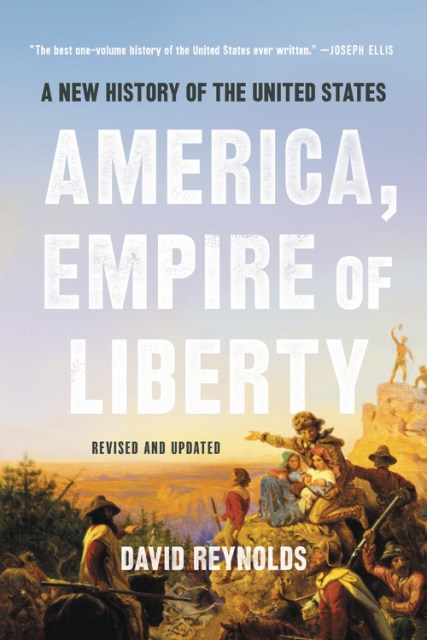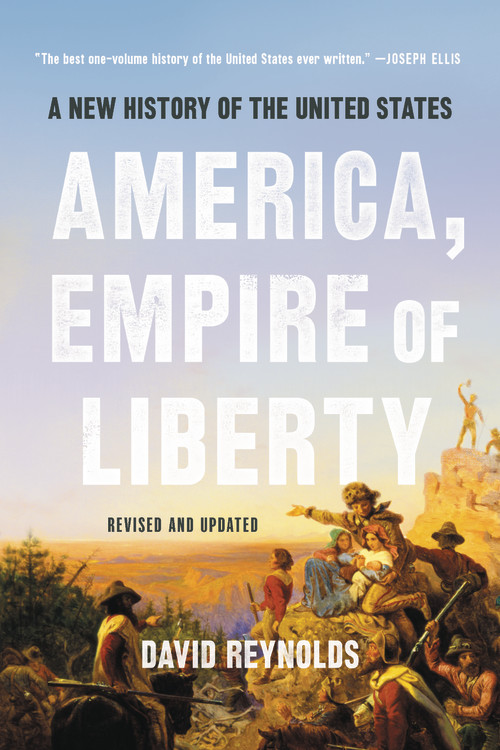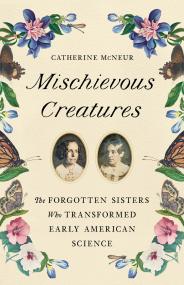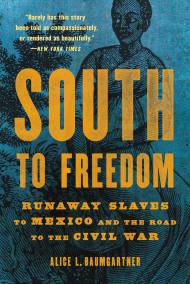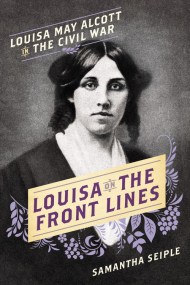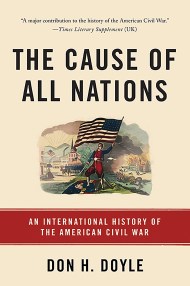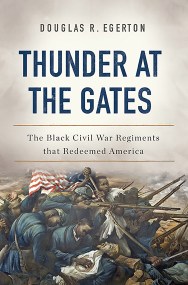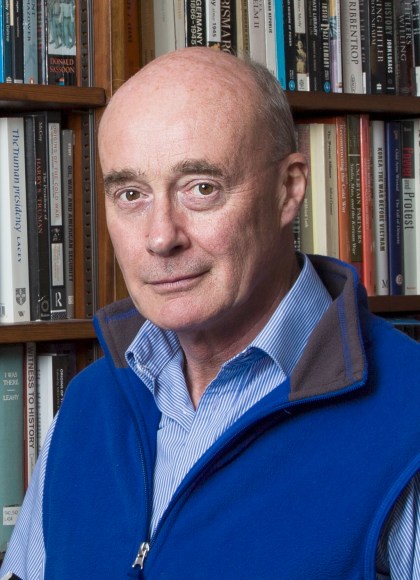Promotion
Sign up for our newsletters to receive 20% off! Shop now. Exclusions apply.
By clicking “Accept,” you agree to the use of cookies and similar technologies on your device as set forth in our Cookie Policy and our Privacy Policy. Please note that certain cookies are essential for this website to function properly and do not require user consent to be deployed.
America, Empire of Liberty
A New History of the United States
Contributors
Formats and Prices
Price
$22.99Price
$28.99 CADFormat
Format:
- Trade Paperback $22.99 $28.99 CAD
- ebook $14.99 $19.99 CAD
This item is a preorder. Your payment method will be charged immediately, and the product is expected to ship on or around May 25, 2021. This date is subject to change due to shipping delays beyond our control.
Also available from:
-
"In an animated overview up to the present time, Cambridge historian Reynolds (In Command of History) captures the sprawling chronicle of a nation forged from the fires of revolution, populated by immigrants and constantly evolving politically and culturally... Most readers will find Reynolds's epic overview provocative and enjoyable."Publishers Weekly
-
"Dazzlingly sweeping yet stippled with detail, this one-volume narrative runs from 1776 to Obama's election, serving up fresh insights along the way."American History Magazine
-
"Concise and still-inclusive...teeming...an evenhanded distillation of America's story from a singular outside observer."Kirkus
-
"Let us not mince words...this is the best one-volume history of the United States ever written...At least on the face of it, no single mind can master this mountain of material, avoid the almost-inevitable factual blunders, negotiate the long-standing scholarly controversies, and control the narrative in clear and at-times-lyrical prose. But that is precisely what Reynolds has done...[A] remarkable tour of the American past."The National Interest
- On Sale
- May 25, 2021
- Page Count
- 640 pages
- Publisher
- Basic Books
- ISBN-13
- 9781541675698
Newsletter Signup
By clicking ‘Sign Up,’ I acknowledge that I have read and agree to Hachette Book Group’s Privacy Policy and Terms of Use
